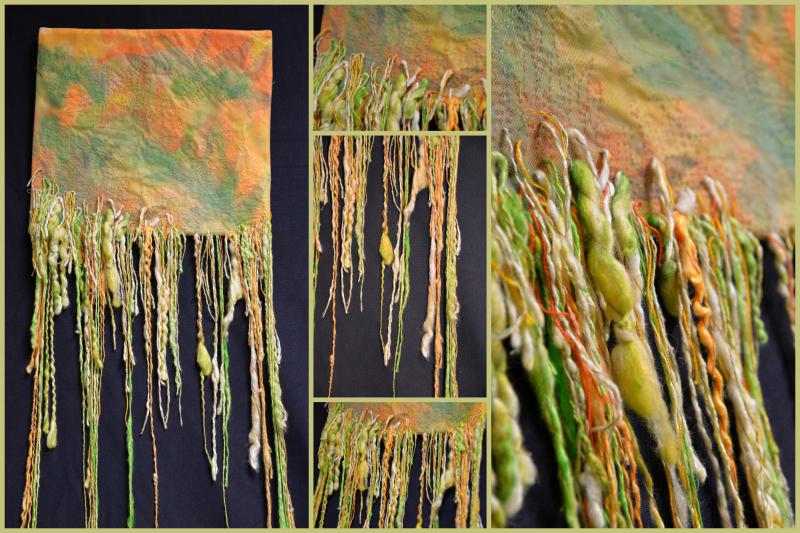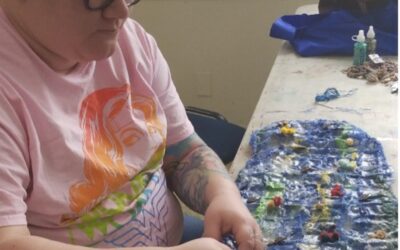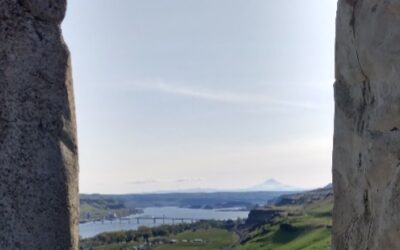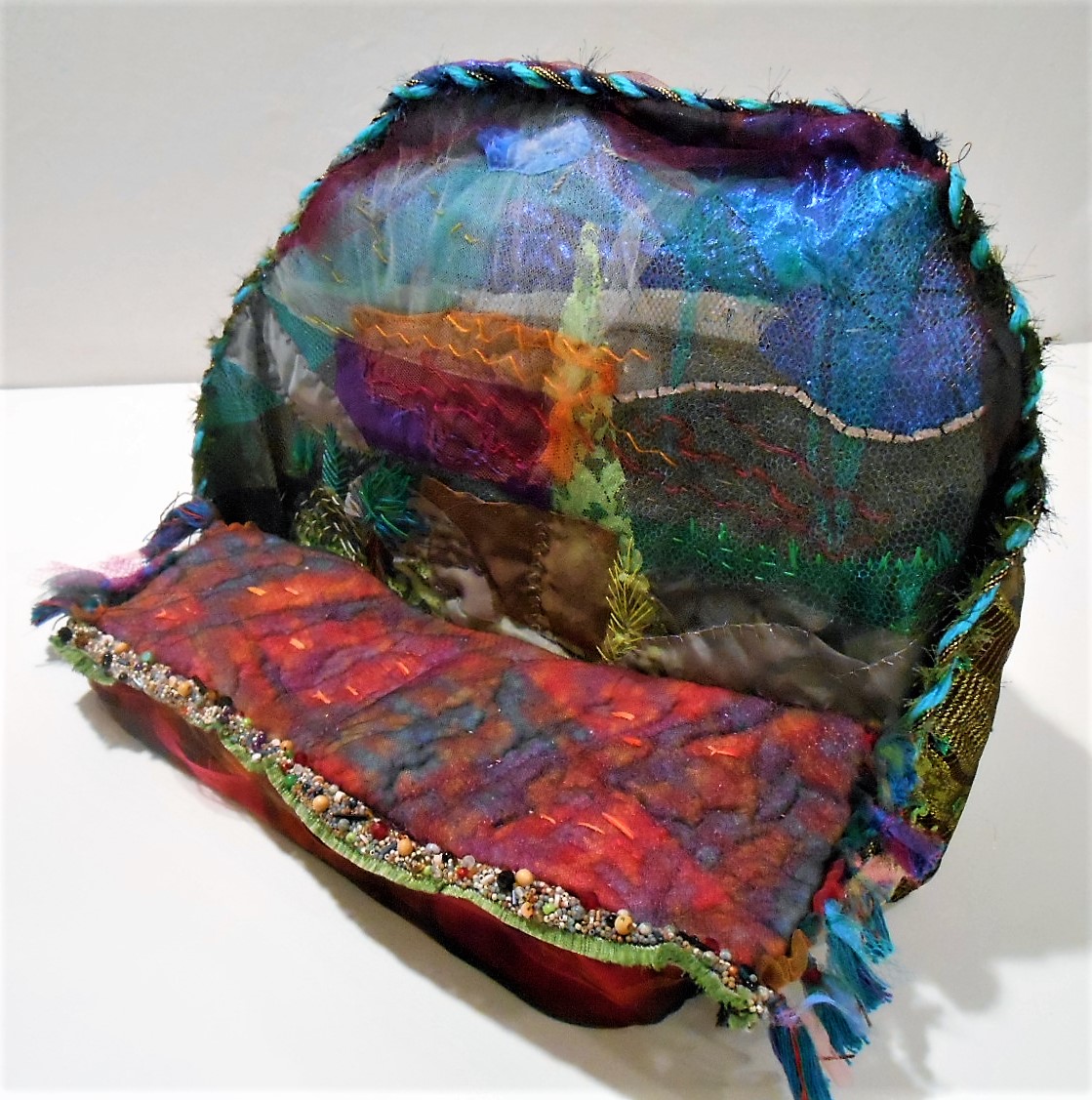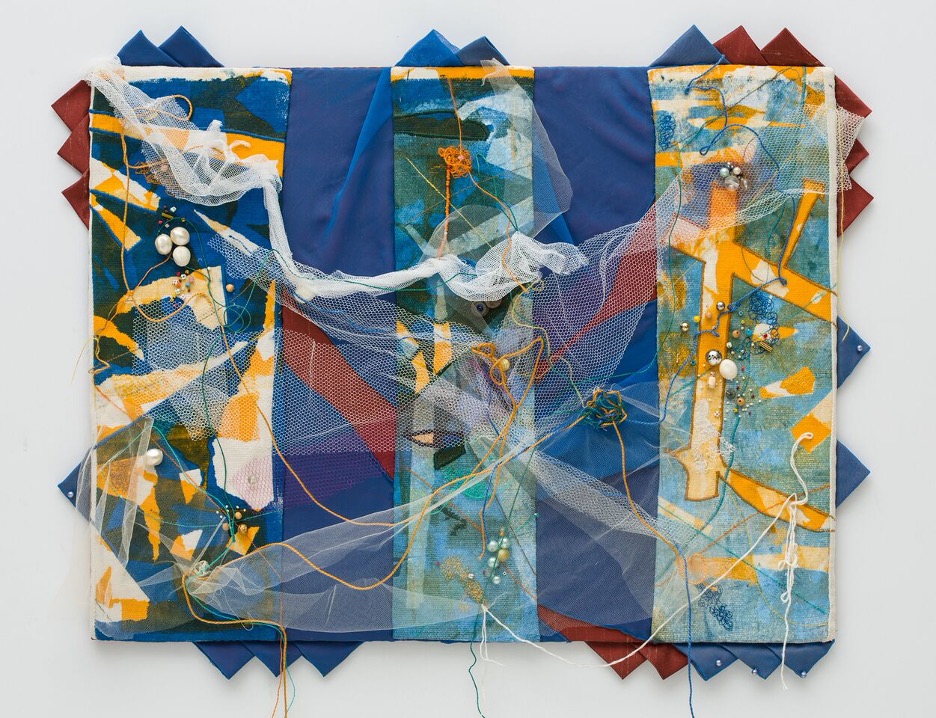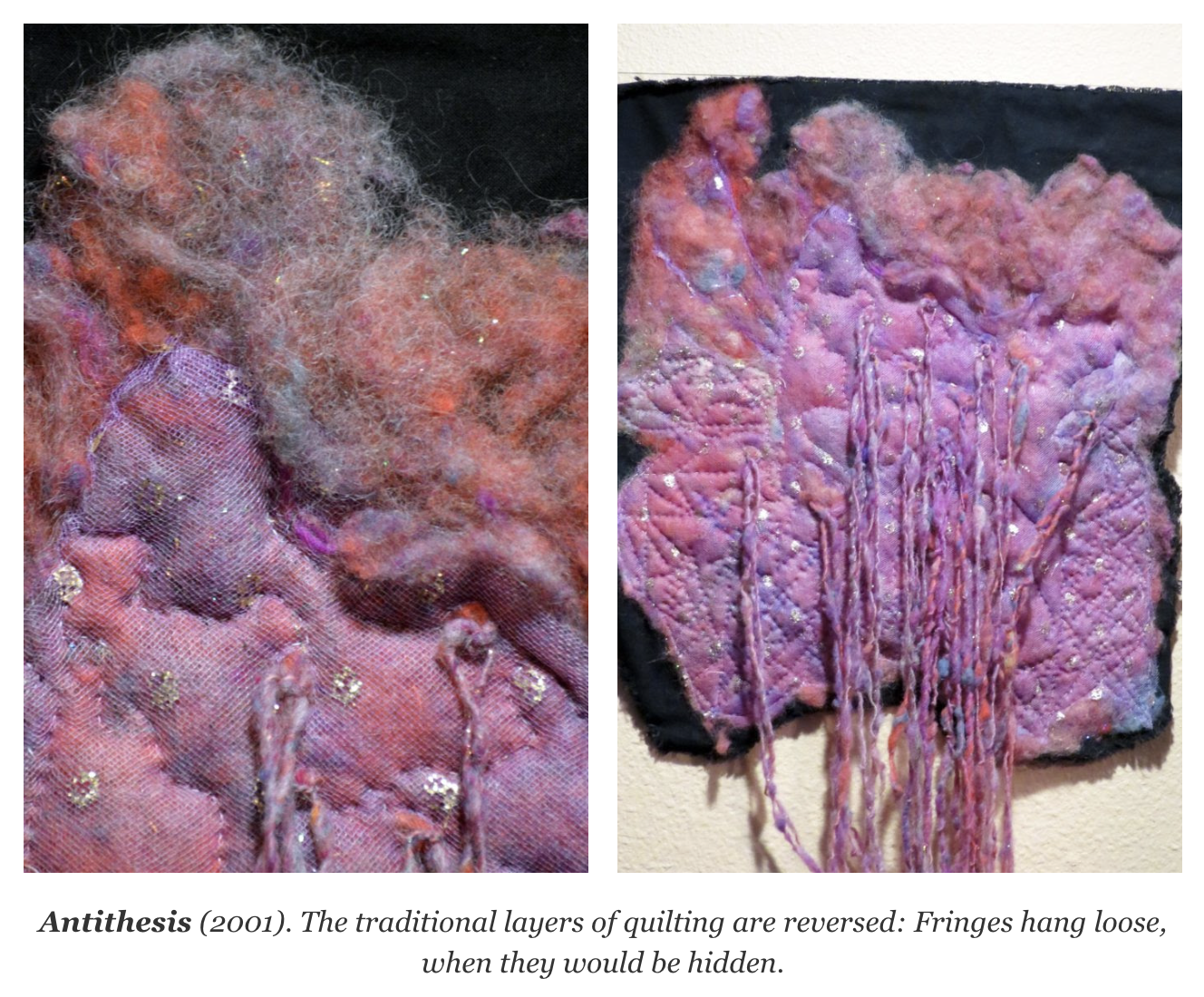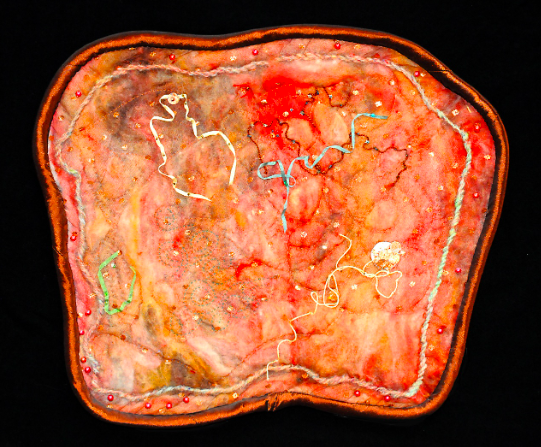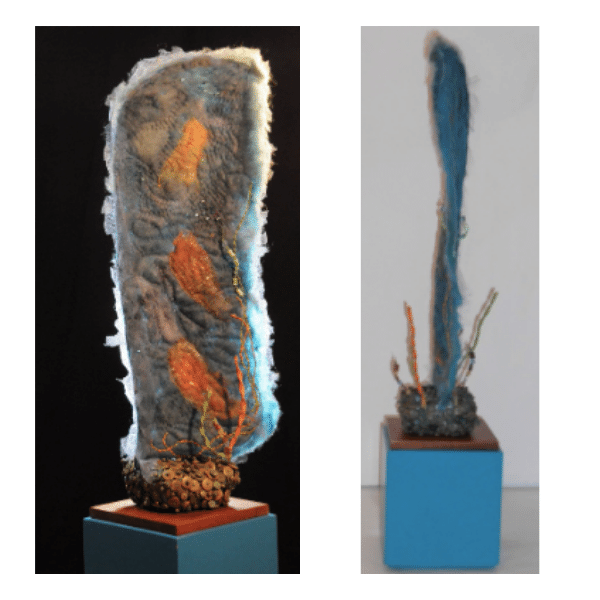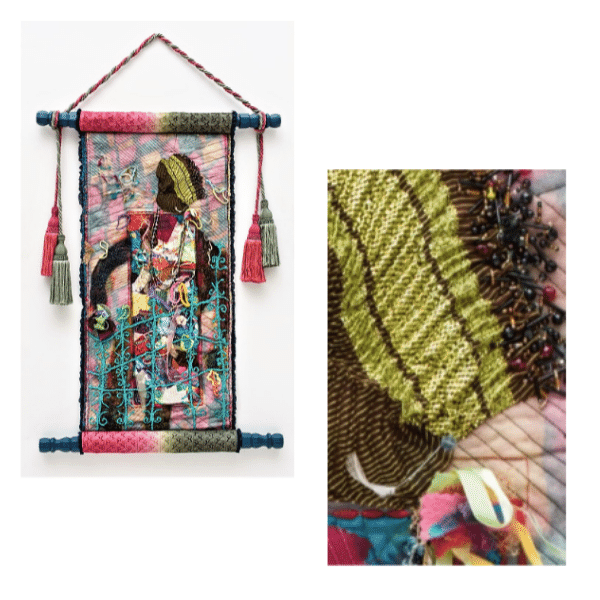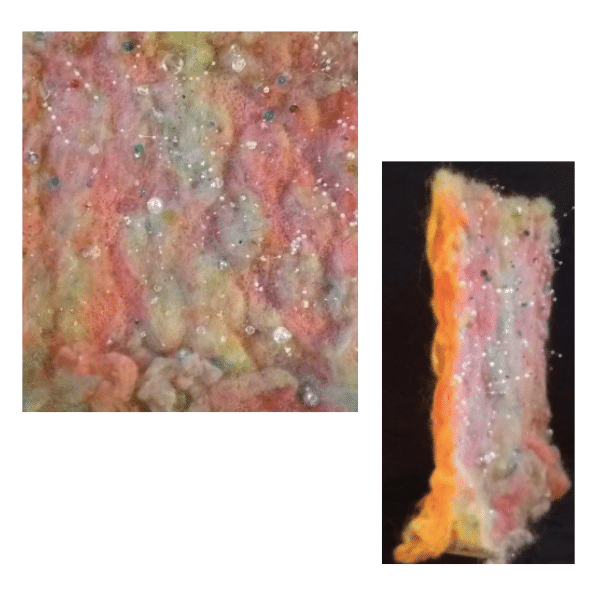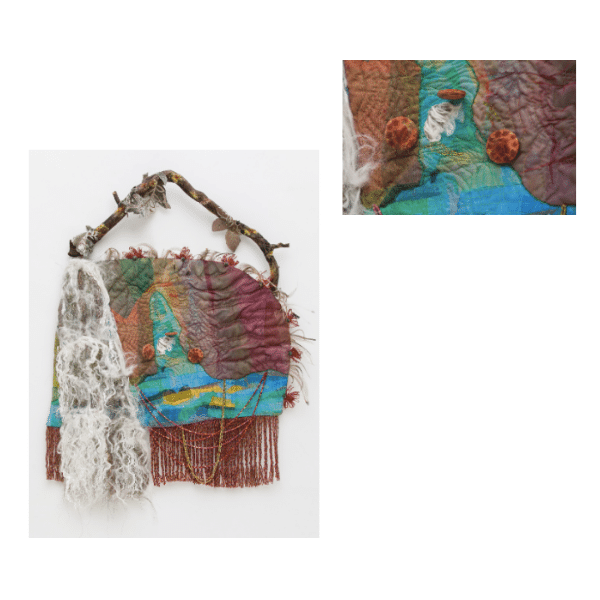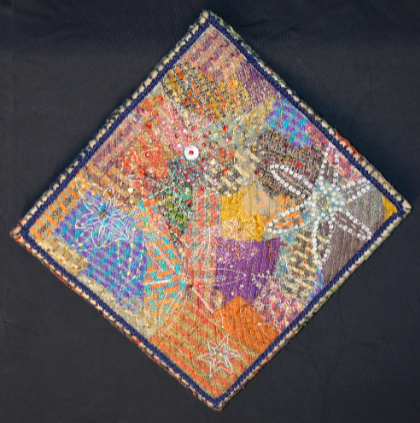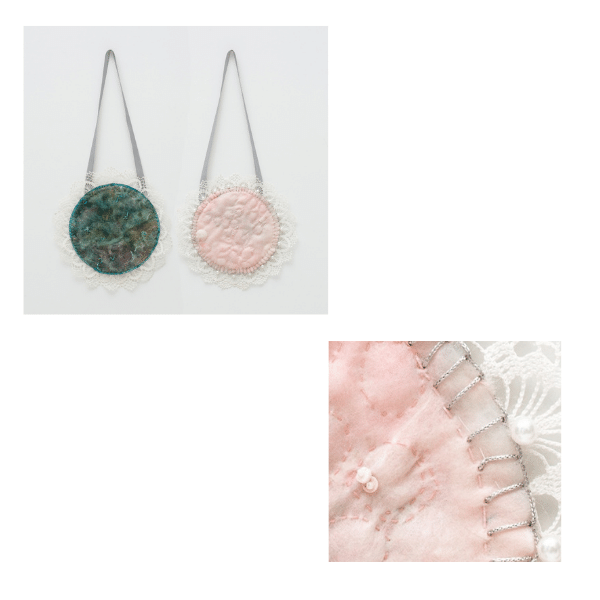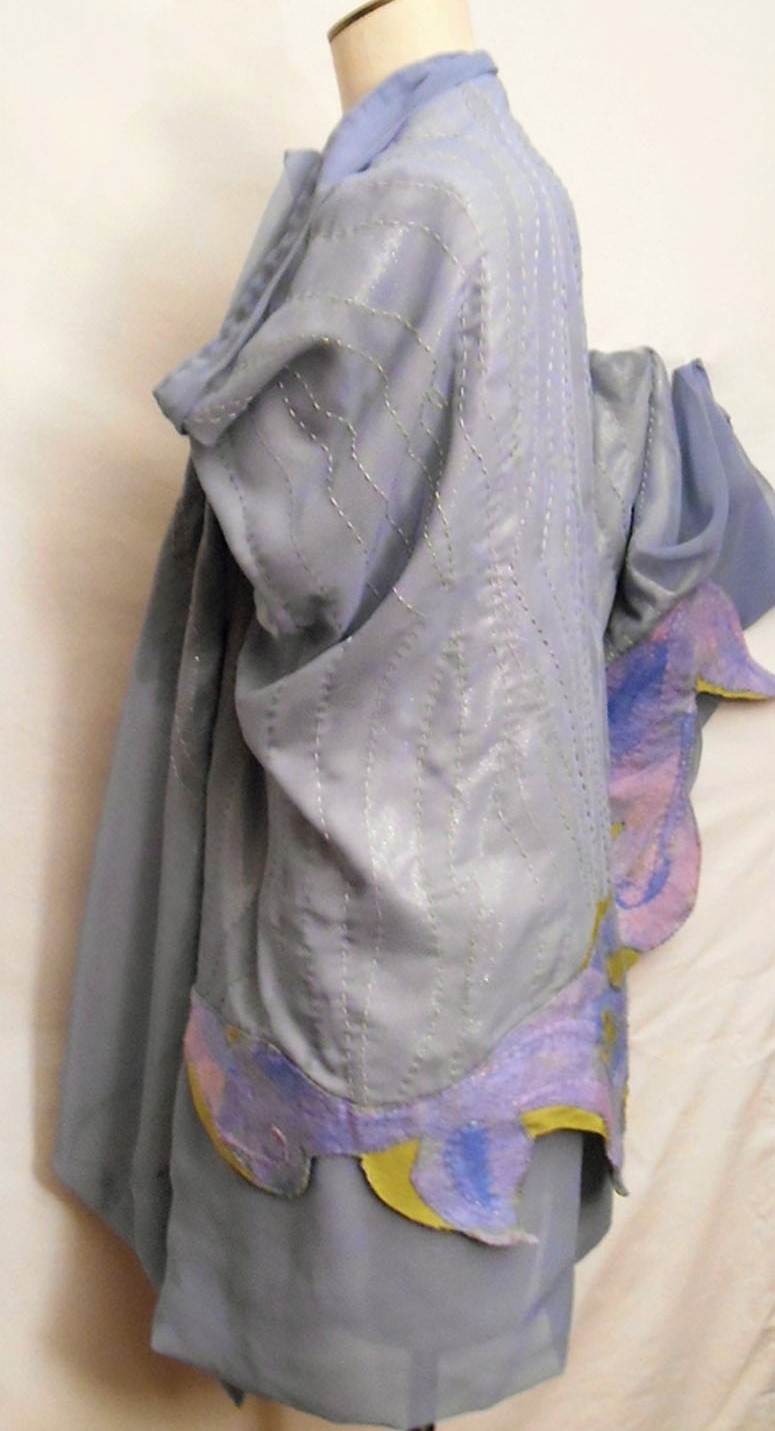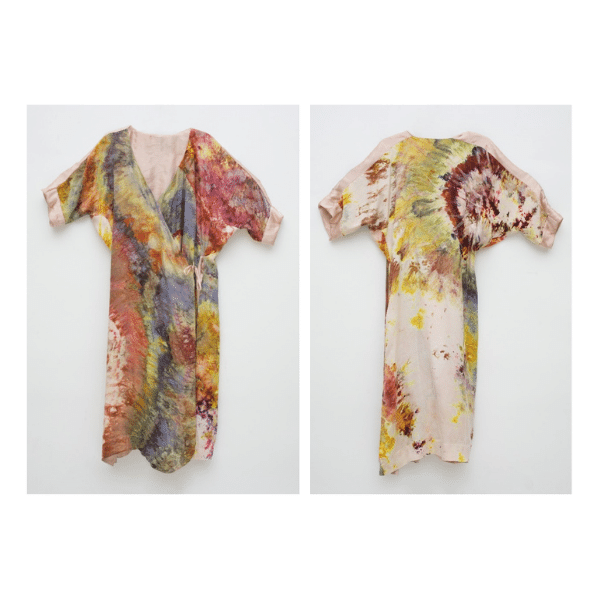
Lynn Deal’s Quilted Chronicles feature custom designs that explore humanity’s innate creative processes using the arts and sciences.
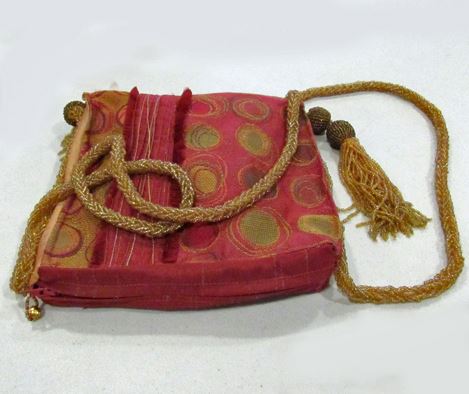
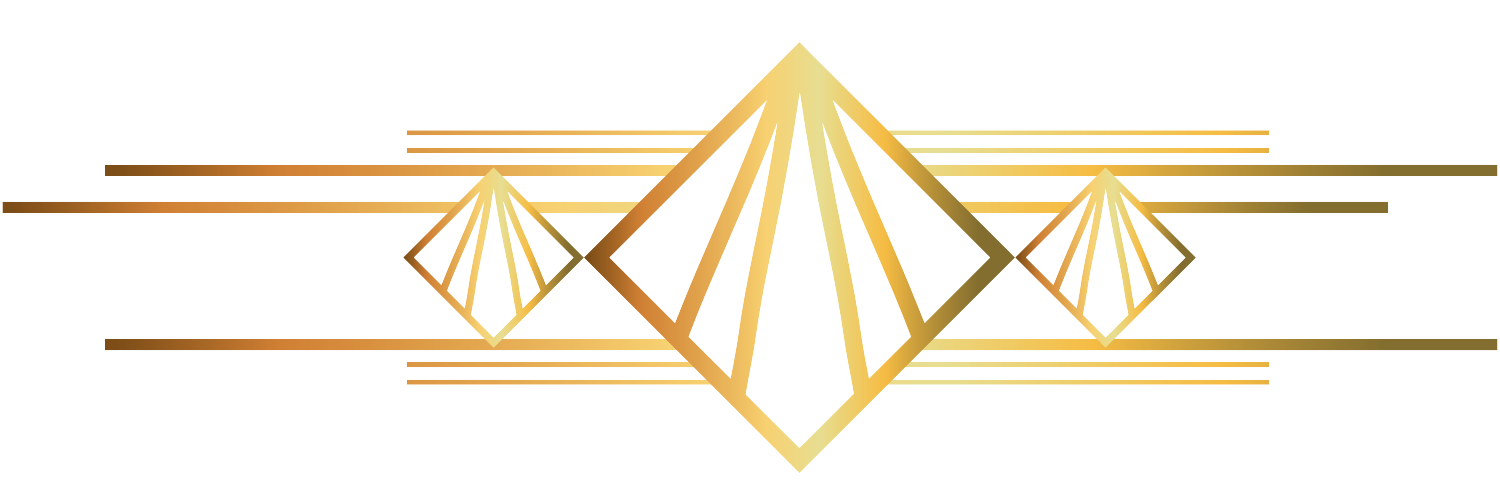
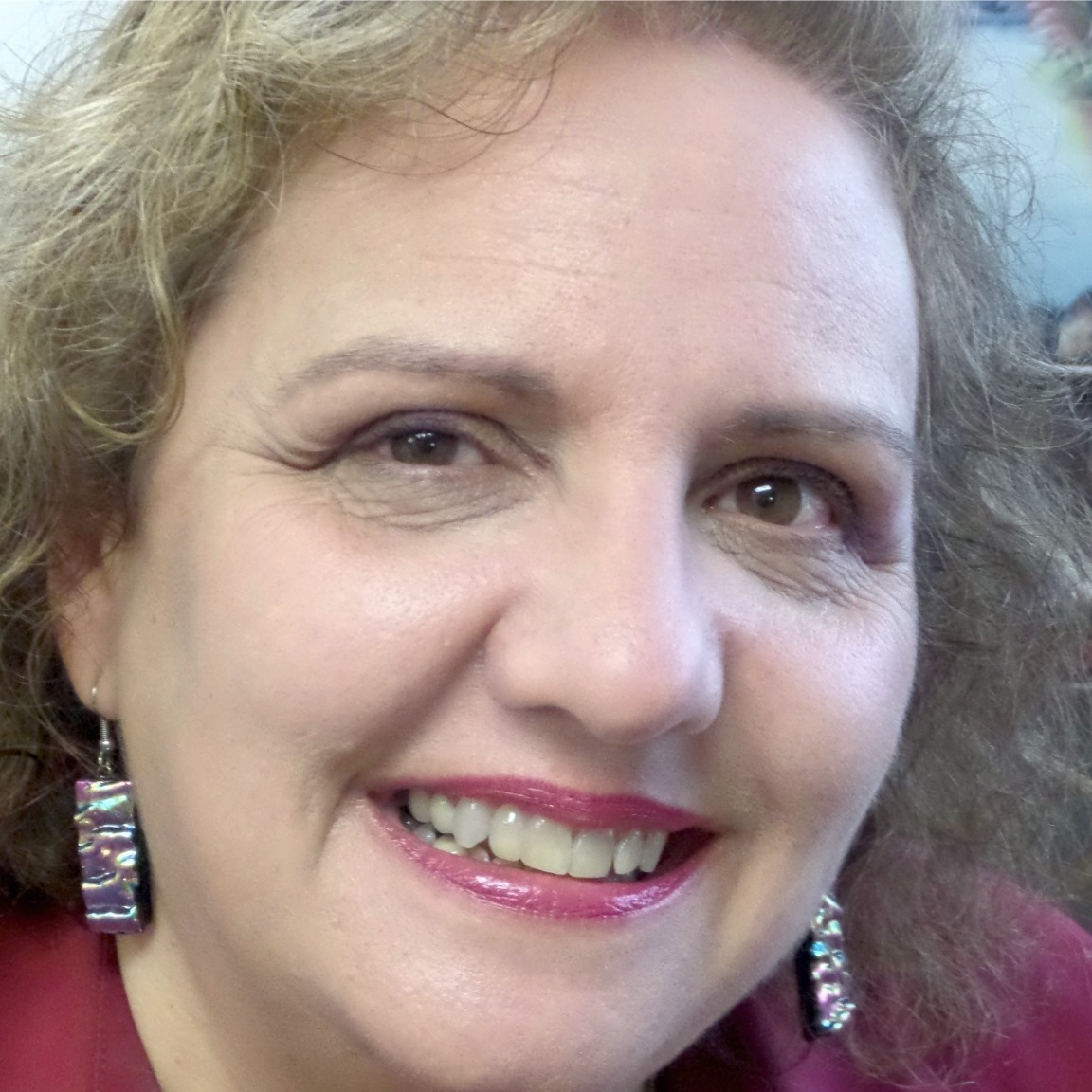
Who I Am
Lynn Deal
I have been working with fiber since age 13, when I crocheted my first hat and taught myself embroidery by stitching a spider on my blue jeans pocket. My bachelor degree explored the human environment: food, shelter and clothing, with an emphasis in clothing design. My preference for one-of-a-kind rather than manufactured designs led to my position as assistant costumer for professional and university theaters. When my former husband’s career required frequent relocations, I left gainful employment to volunteer at local museums, researching collections information and physically cleaning, storing and displaying historic clothing and textiles.
More
Exploring art in the foothills of the Appalachian Mountains increased my skills. I learned how to quilt, watercolor, hand spin, and draw with pen and ink. I later learned to weave on Louisiana’s Chalmette Battlefield at an historic reenactment of the Battle of 1814. All of these experiences developed my interest in creative thinking as I was realizing the fiber arts were historic to all cultures and societies, and that each culture and society utilized fiber artistically but in vastly different ways.
I packed my artist studio to make space for my study and returned to college, and received a master’s degree in Interdisciplinary Studies in 2004.
Based on my prior skills and newly acquired divorce and increased knowledge base, I entered the workforce again, this time designing history exhibits instead of clothing and directing small house museums using interdisciplinary knowledge skills. I continued to pursue fiber art, custom clothing, and heritage textile interests as time allowed.
I unpacked both my studio and my study in Portland, OR several years ago. Now, I once again devote myself to my creative processes as a full-time visual artist and writer. My newest clothing designs were featured at Portland’s 2021 International African Fashion Show and this year my artwork will be featured at Maryhill Museum’s of Art 2022 exhibition: The Exquisite Gorge II. I have an historic novel and several short stories in production mode as well. I continue to value historic textiles and, at some point, expect Quilted Chronicles to expand into an historical textile research and exhibition facility.
Exhibition Calendar: Creative Flow
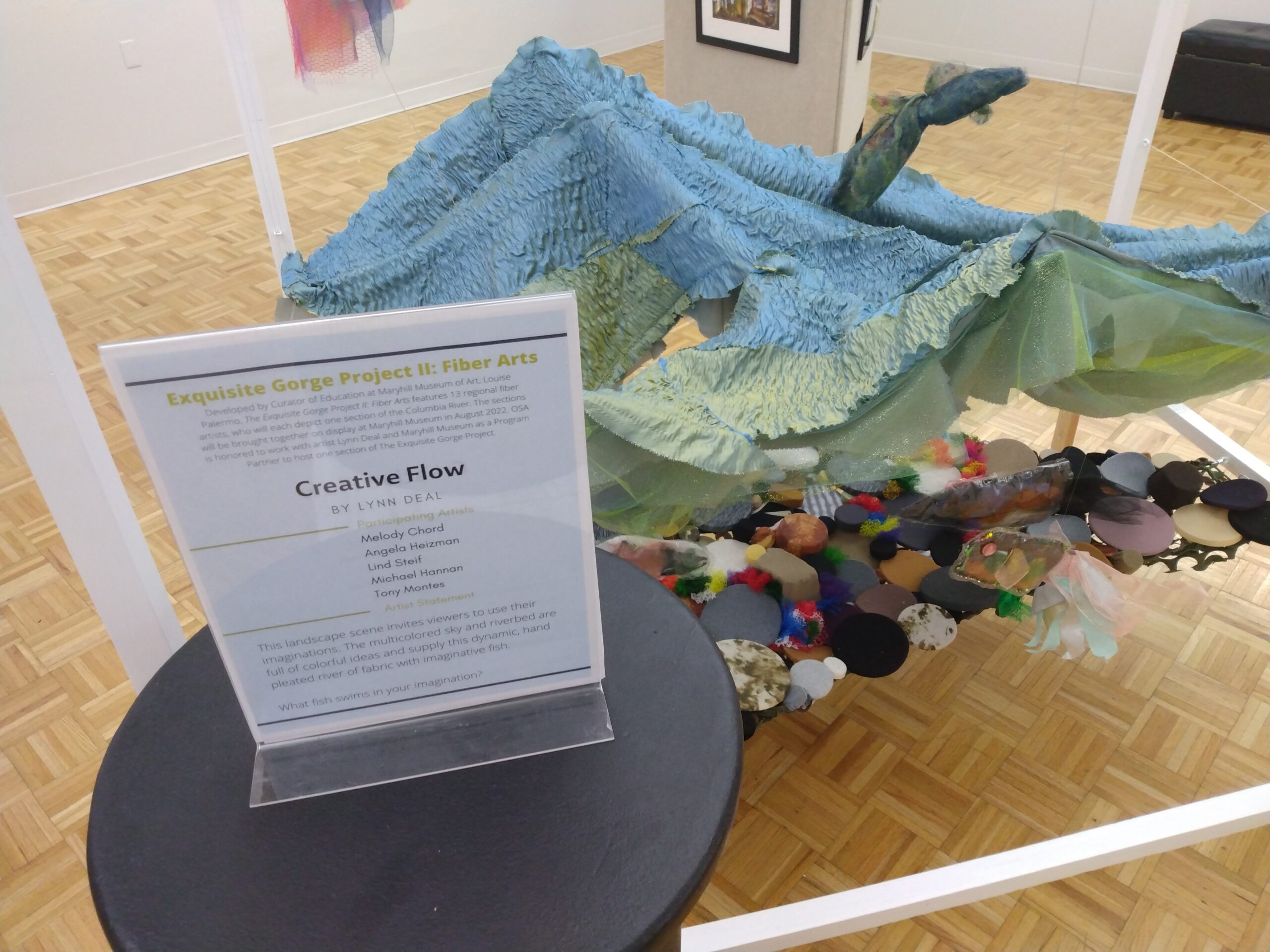
Aug. 6 – Sept. 12, 2022
Maryhill Museum of Art
35 Maryhill Drive
Goldendale, WA 98620
Sept. 28 – Dec. 8, 2022
Hoffman Gallery, Lewis and Clark College
615 S. Palantine Hill Road
Portland, OR 97219
The Art
I use traditional techniques and materials to define the past, address the present and hint at the future. My wall hangings and sculptures feature natural and synthetic fibers which are often quilted between sheer fabrics like tulle, while my wearable art is based on the inspiration I receive when working with each fabric.
I combine various skill sets and non-traditional ways. My skills include spinning, embroidery, smocking, piecing and applique and often reference historical trends in unusual ways. My pieces are named based on the social concepts that compel me to create.
Fine Art
Fine Art can be displayed several ways: my art is either wall art or sculptural art. Suspended art is a new feature, currently being incorporated as part of my sculpture for The Exquisite Gorge II. My goal is to create a response from the viewer. Like most people, I prefer positive emotional responses, such as joy or intrigue, but I find that negative audience emotions, such as dismay or anger, to be quite communicative as well.
Wearable Art
Wearable art is designed to be displayed on the human figure. Wearable art is similar to but different from fashion or theatrical clothing designs. Designers work in the fashion industry and costumers reinforce a particular narrative for theaters or movies. Wearable Art is a single work of art displayed as a work of art on the human form.
Grass Roots
Photo Credit: Terri McKee
What I Do
Why Interdisciplinary Art
What does the term “Interdisciplinary Studies” mean?
All studies encourage and develop particular avenues of thought. Math encourages thinking skills that are similar to the sciences, as addition, subtraction, multiplication and division are fact based. Reading encourages thinking skills that are similar to the arts for while grammar, pronunciation, and sentence structure are factual, their use ultimately depends on the individual’s creative use of these facts.
Interdisciplinary studies utilize both science and art by developing inquiries that combine more than one avenue of thought. For example, my thesis project observed a specific community during the modern progressive era. I studied the process of creativity and its relationships in art and culture. My interdisciplinary thesis committee consisted of art, science and history professors. This interdisciplinary degree, paired with my undergraduate degree in design, led to my moniker as an interdisciplinary artist.
Blog
Thoughts on the Arts
Sculpting the River
“Spend more time doing things that make you forget about the time.”― Charlotte Eriksson I felt indulgent purveying the wondrous synthetics at Portland’s independent retailers because Maryhill’s staff had thoughtfully received a grant for each artist’s supply...
Creative Flow Series: Sculpting the Riverbed
Researching the physical elements, Oct. 2021 I began my creative process by viewing both banks of the Columbia River and sketching the elements I saw, including water, trees, a ship anchor, and an air traffic control tower. I decided my sculpture would portray only...
Sculpting Creative Flow, Part I: the imaginary
"Imagination is more important than knowledge." Quote by Albert Einstein (goodreads.com) Art begins with an idea and my sculpture, entitled Creative Flow, was no different. However, my sculpture was Lou Palermo’s idea rather than mine. Lou is Maryhill Museum of...
Art Outreach Builds OSA Community
The Exquisite Gorge II (EGII) project’s goal is to link art between different artists and with different organizations so that artmaking continues forging community partnerships within the designated sections of the Columbia River. My section of the Columbia flows...
Building Today’s Community
Today Maryhill Museum of Art develops community interactions utilizing visual art in the way Mr. Hill and his contemporaries first envisioned approximately 100 years ago. One community arts endeavor, entitled The Exquisite Gorge, continues this August. Similar to...
Designs
Fine Art

Upwards Endeavors
Photo Credit: Dan Kvitka
This tabletop sculpture commemorates progress. The fish on the front journey upstream and while on the back, angular rocks inside the cave facilitate momentum. The river is multicolored, felted, crocheted wool yarn covered with a multicolored tulle and hand embroidered fish. Layers of sheer, metallic and opaque fabrics comprise the backdrop; a fringed, snowcapped denim mountain intersects with a lime green lace tree – a reference to intersections between nature and the human experience. Hand-plied blue yarns and hand-tied fabric tassels complete this piece.
Global Tech 2016
Photo Credit: Dan Kvitka
Global Tech began as a screen printing exercise in blue and yellow paint. I developed the printed abstractions into a global thematic. Blue and rust fabrics were added to resemble the earth’s crust. Embellishments of beads, yarns, machine embroidery and netting emphasize the scientific communications developed the last 150 years: telegraph cables, telephone wires and the internet web.
Antithesis
Photo Credit: Friderike Heuer
Antithesis is an abstract wall hanging designed by reversing traditional bed quilt construction techniques. The metallic dotted tulle is the top fabric, which exposes multicolor wool batting. The piece is purposely unfinished around the edges. Traditional quilts don’t expose the batting and the edges are finished. This piece also contains two quilting techniques; traditional quilts usually contain only one quilting technique. The final reversal in this piece is the long, irregularly positioned, handspun wool yarns; traditional quilts are made using short, manufactured yarns at regularly spaced intervals
Keen Waters
Photo Credit: Norm Hagood
Keen Waters uses images of small and large fish to illustrate how two opposing differentials interact on a singular plane. Each ‘school’ represents humanity’s life-long processes, such as learning and responsibility.
At The Party
Photo Credit: Dan Kvitka
At the Party depicts the innately creative individual. The rectangular fabric collage represents the internal boundaries of the wool painted figure while the blue, hand-plied wrought iron fence portrays external social boundaries. Three concentric borders: ruffled chiffon, beaded trim, and variegated crochet, frame this piece. It is hung with purchased dowels and tassels.
Rising Action
Photo Credit: Lynn Deal
Rising Action is a quilted table top sculpture depicting a waterfall. The beads are the spray and highlight the rising actions of falling water made from sheep’s wool. The plexiglass frame peeks out on the bottom left in the side view photograph.
Over The Top
Photo Credit: Dan Kvitka
Over the Top is about change, for it depicts an 1845 coin toss on the Willamette River and a platt of land on the opposite shore. Today that platt is Portland, Oregon. This machine quilted piece is named for the branch supporting the top of the wall hanging as well as the fact that the Columbia River is depicted on the bottom, or southern side, rather than the top. This visual adjustment provided the downward motion necessary to propel each waterfall in the artwork.
Celebration Inspiration
Photo Credit: Stephanie Ford
Celebration Inspiration depicts a flowering of personalities during a ‘tweedy’ winter converence. Mounted on wooden stretchers, this piece is hand beaded and double needle machine quilted, the edging is purchased trim that has been hand embroidered.
Victorian Cultures
Photo Credit: Dan Kvitka
These blue and pink wall hangings commemorate the Victorian Period (ca. 1840 – 1900), when lifestyles were very gender specific and heirloom doilies and ribbon hangers were fashionable décor of that era. Each interior illustrates gender specific differences using textiles in similar but different ways: blue wool emerges from tulle, while organza obscures pink wool. In addition, each piece contains either rectangular or curved shapes based on organisms observed in petri dishes, creating a visual pun about the social culture of the Victorian Era.
Wearable Art
Sister Vessel Purse
Photo Credit: Dan Kvitka
Shawl Of A Different Stripe
Photo Credit: Dan Kvitka

